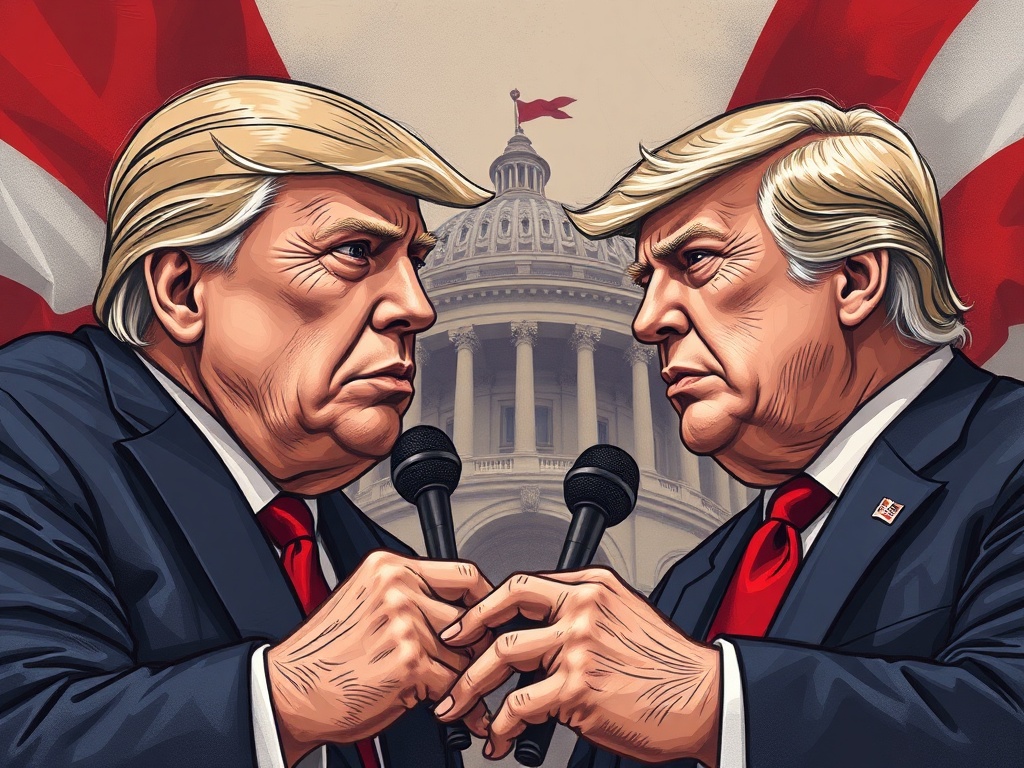How digital influence is reshaping politics — and what citizens can do about it
How digital influence is reshaping politics — and what citizens can do about it
Digital platforms have transformed how political messages are created, distributed, and consumed. The speed and scale of online communication amplify both honest civic engagement and harmful manipulation, making digital influence one of the defining political issues of the moment.
Understanding the dynamics at play helps voters, journalists, and policymakers respond more effectively.
Why digital influence matters
– Speed and scale: Viral posts and targeted ads can reach millions in hours, compressing political debate and accelerating opinion shifts.
– Microtargeting: Campaigns use data to tailor messages to narrow audiences, increasing persuasion but reducing shared public discourse.
– Synthetic media and impersonation: Manipulative content—ranging from misleading edits to convincingly altered media—undermines trust in institutions and can suppress turnout or fuel polarization.
– Platform incentives: Algorithms that prioritize engagement can boost sensational or divisive content, even when accuracy suffers.
Policy responses gaining traction
Governments and regulators are exploring multiple approaches aimed at restoring transparency and accountability online:
– Disclosure rules for political ads and sponsored content, requiring clear labeling and archiving of ad metadata.
– Stronger data-protection standards to limit overly granular targeting and to give users control over how their data is used.

– Independent audits or transparency reporting for platform algorithms and recommendation systems, so researchers can assess systemic harms without exposing private user data.
– Increased support for fact-checking networks and rapid-response units that can debunk viral falsehoods before they spread widely.
Challenges for regulation
Regulatory progress is complicated by free-speech protections, technical complexity, and the global reach of platforms. Narrow rules aimed at one jurisdiction can be bypassed or create uneven effects. Effective policy needs to balance transparency, user rights, and operational feasibility while avoiding solutions that inadvertently entrench the problem.
How newsrooms and civil society are adapting
Journalists are investing in rapid verification tools and cross-border collaborations to trace the origin of viral claims. Civic organizations are focusing on media literacy campaigns that teach people how to assess sources, check context, and slow down before sharing. Public-interest technology groups are developing privacy-preserving transparency tools that enable researchers to study digital influence without exposing private data.
What citizens can do right now
– Slow down: Pause before sharing sensational content; check multiple reputable sources.
– Check provenance: Look for original source material, especially for images and video.
– Question tailored messages: If an ad or post seems hyper-specific to your profile, consider why you were targeted.
– Support transparency: Favor platforms, news outlets, and campaigns that publish clear sourcing and ad archives.
– Engage locally: Community forums, local news, and civic groups remain anchor points for deliberation that are harder to manipulate at scale.
What to watch going forward
– Evolving disclosure frameworks and how platforms implement them
– Advances in detection and verification tools used by journalists and researchers
– Shifts in platform business models that affect how content is prioritized
Digital influence will continue to shape political life. Resilience depends on a mix of smart policy, stronger journalistic practices, empowered citizens, and technological safeguards that prioritize trust and transparency over raw engagement metrics. Building those guardrails is a shared task that shapes the quality of public debate for the long term.